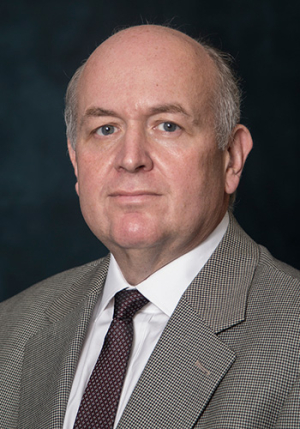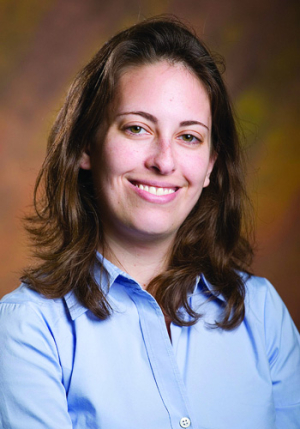An $800,000 grant from the National Science Foundation will help fund the purchase of a cutting edge tool expected to boost nanofabrication research taking place on campus.
The 50 keV Electron Beam Lithography (EBL) System will be housed in the University of Houston Nanofabrication Facility, a state-of-the-art clean room enabling scientists to manipulate materials at the nanoscale in an environment virtually free from dust and other contaminants that can interfere with results.
Dmitri Litvinov, the principal investigator on the grant, expects its addition to the clean room to expand research and educational opportunities for students, faculty and industry across the Greater Houston area.
“It’s about as leading edge as it gets, and is attractive for research because users can design and expose nanopatterns of arbitrary geometry and size in a few hours time,” said Litvinov, director of the clean room and a professor of electrical and computer engineering, chemical and biomolecular engineering and chemistry. “It will be the second one in Texas and will build on an extensive inventory of tools already in the clean room—the only shared fabrication resource in the Houston metropolitan area—and elevate nanoscience research in the area to a globally competitive level.”
The tool takes the process of patterning devices from days to just a few hours. It uses a tightly focused, high-energy electron beam to irradiate polymer films, called a resists at the ultra tiny nanoscale. Through the exposure to this electron beam radiation, researchers form patterns of small structures that can be used in everything from the creation of devices for the magnetic recording industry and energy harvesting devices to biosensing and drug delivery applications.
In the Houston area, its acquisition stands to enhance the education of well over 60 undergraduate and graduate students attending UH, the University of Texas Health Science Center and Rice University through a variety of programs at the institutions. At UH alone, it will impact Research Experience for Undergraduates and the Alliance for Graduate Education and Professoriate, among others.
In the classroom, it will provide unique training for students enrolled in the recently launched NanoEngineering Minor Option (NEMO). Litvinov said the instrument will play a vital role in better preparing students pursing this 15 credit hour, laboratory work intensive option, for the rapidly growing field of nanoscience.
For researchers it will move projects forward that, without it, might very well be at a standstill. Such is the case for Gila Stein, an assistant professor of chemical and biomolecular engineering and a co-investigator on the grant.
“Our group works with chemically-amplified photoresists, which are radiation-sensitive polymer films that are used to pattern semiconductor devices,” said Stein. “We will use the new EBL tool to design and optimize our resists. Our experiments require nanoscale patterns that are highly uniform over large areas (square millimeters), so we are excited to have this new capability.”
The tool is expected to arrive at UH later this year. By making prior accommodations with clean room administrators, it will be available for use by researchers across the Greater Houston.
For more information on the clean room and the fees associated with its use, visit here.

